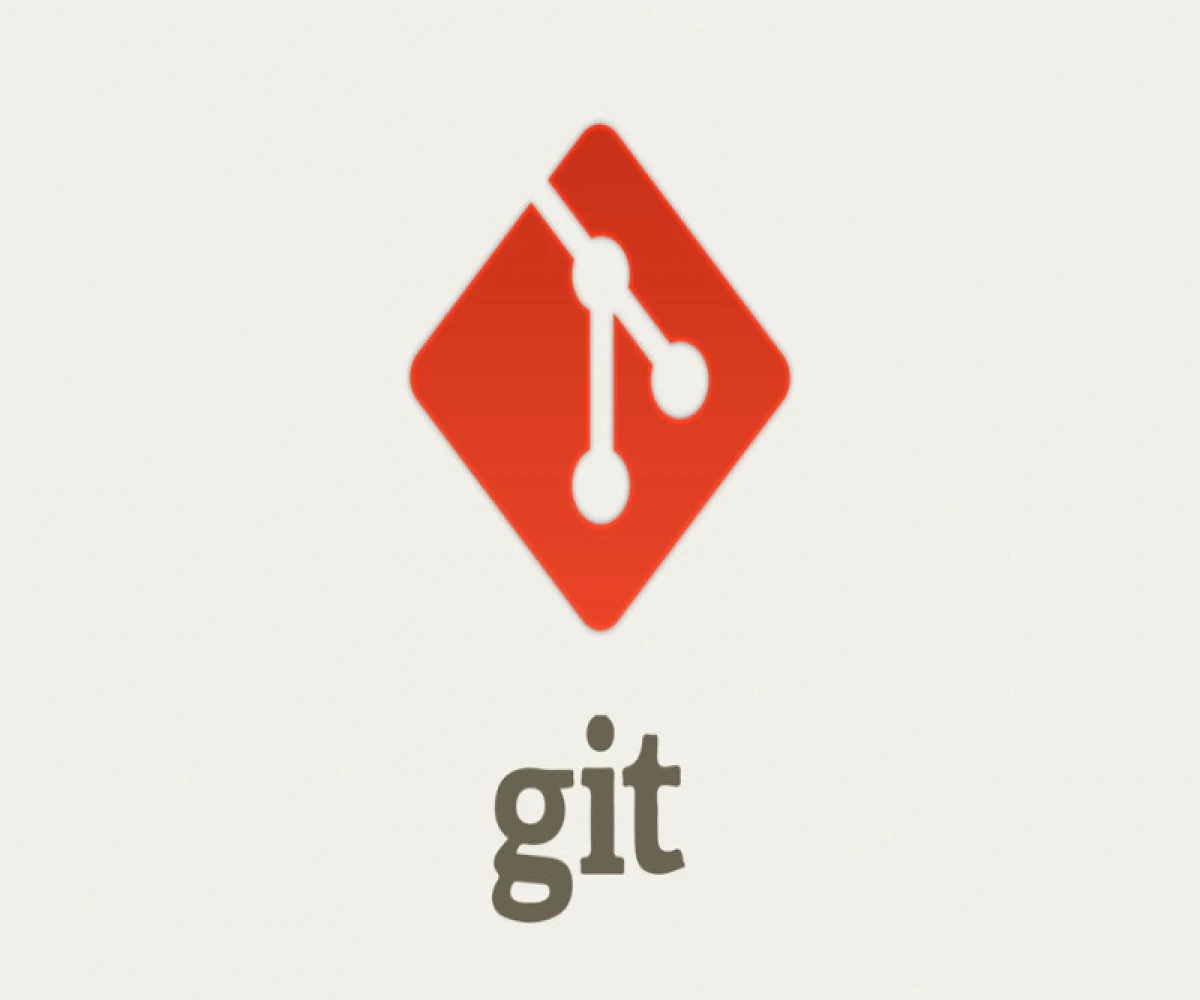
What is Git?
Demystifying Git: A Version Control Superhero for Your Projects
Have you ever worked on a project, only to realize you accidentally deleted a crucial file or lost track of changes you made? This is where Git comes in - a superhero for your projects, saving the day by keeping track of every change you make.
But what exactly is Git?
In simple terms, Git is a version control system (VCS) that tracks changes in files over time. Imagine it as a time machine for your project, allowing you to rewind and see previous versions or jump forward to a specific point in development. This is especially useful for collaborative projects, where multiple people might be working on the same files.
Here's a breakdown of how Git works with an example:
- Your Project Files: This is your working directory, where you create and modify your project files (documents, code, etc.).
- The Staging Area: Think of this as a temporary holding bay. You can add specific changes you want to save from your working directory to the staging area.
- Commits: Once you're happy with the changes in the staging area, you "commit" them. This creates a snapshot of your project at that specific point, along with a message describing the changes you made.
- The Git Repository: This is the heart of Git, a hidden folder in your project directory that stores all the snapshots (commits) of your project history.
Let's say you're writing a blog post. You start with a draft, then add a new section, and finally proofread and edit the text. With Git, you can:
- Commit 1: After writing the initial draft, you can stage and commit it with a message like "Added initial draft of the blog post."
- Commit 2: After adding the new section, stage those changes and commit them with a message like "Added new section on [topic]."
- Commit 3: Finally, after proofreading, stage the edits and commit with a message like "Proofread and edited the blog post."
Now, if you accidentally mess up your latest edits, you can easily revert to Commit 2 using Git's rewind feature. You can also see the history of your changes and compare different versions of your blog post.
Git's power lies in its distributed nature. Unlike some VCS that rely on a central server, Git creates a complete copy of the project history on every collaborator's machine. This allows everyone to work independently and share changes seamlessly.
This is just a glimpse into the world of Git. It offers a wide range of features like branching for working on different ideas simultaneously, merging changes from different collaborators, and collaborating remotely.
If you're working on any project that involves multiple versions or collaboration, Git is your hero. It might take some practice to master, but there are plenty of resources available online to get you started. So, unleash the power of Git and take control of your project's history!


